
This time of year can be tough for birds and other wildlife. Dulcie Fairweather offers a few simple tips to help them make it through to spring.
During the winter months, gardens and backyards can be a vital lifeline for many of our native species. With plummeting temperatures, reduced food supplies and adverse weather to battle with, it can be a struggle to survive the season.
However, some easy adjustments to our outdoor spaces may make all the difference to the wildlife on our doorstep. And that doesn’t have to mean pricey garden centre buys or hours of work.
Below are some quick and simple tasks for ensuring wildlife can thrive in your garden all winter long.
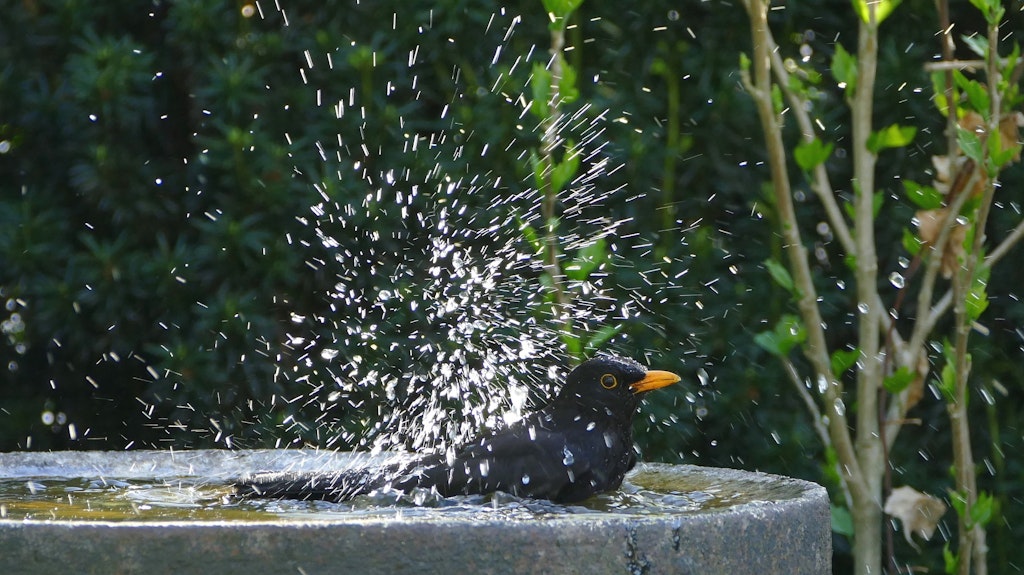
Break the ice
A prolonged freeze can result in numerous problems for wildlife.
Frozen bird baths restrict the birds’ ability to keep their feathers in tip top condition and limit access to fresh drinking water.
Cold weather can significantly impact amphibians if a layer of ice forms over the surface of the spawn. Frogs may lie dormant at the bottom of the pond and, while only a small percentage of the local population may be affected, some may succumb to ‘winterkill’ (oxygen levels within ponds can fall and toxic chemicals build-up). While it is a natural cause of mortality, maintaining a hole in the ice can be used as a precautionary measure.
The easiest solution to prevent freezing is to place a ball or another floating object in the water. Never pour hot water on to the ice or use chemicals or salt. It’s also not advised to crack the ice manually as this can cause distress to hibernating animals, and can potentially damage pond liners and plants.
It’s a good idea to create a nearby rock pile habitat, where amphibians can take shelter. Ideally, this should face north, to avoid temperature highs and lows between day and night. These areas are popular with cold-blooded animals such as frogs because the stones “hold” heat and cold longer than the air around it. The area near a rock pile also tends to stay moist, which some creatures prefer.
Feed the birds
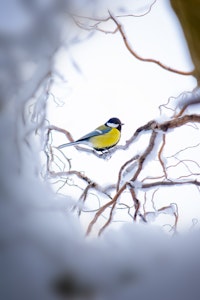 Feeding birds throughout the winter is important because it greatly increases their breeding success the following year. With just a couple of bird feeders, you can provide birds with essential nourishment until spring.
Feeding birds throughout the winter is important because it greatly increases their breeding success the following year. With just a couple of bird feeders, you can provide birds with essential nourishment until spring.
Different birds are attracted to different foods, so providing a diverse selection of foods is a sure way to cater for every feathered friend. For instance, finches prefer smaller seeds like nyjer, whereas tits opt for the high energy content of sunflower seeds.
If you’re using feeders, it’s crucial to sterilise them regularly to reduce the risk of spreading diseases – keep a close eye out for lethargic birds sitting around with their feathers fluffed up.
More secretive and ground-feeding birds, such as dunnocks and wrens, would appreciate a sprinkling of crumbled fat balls and seed beneath shrubs. You can even smear fat mixtures into the cracks and crevices of bark for treecreepers, nuthatches and woodpeckers.
Grow your own bird feed
Ultimately, the most valuable way to feed birds in winter is to simply let nature provide. Planting shrubs, trees and hedges can offer a variety of flowers, catkins, leaves and berries which attract and feed a whole host of animals, particularly birds. Furthermore, this added vegetation gives cover from the elements and valuable protection from predators.
If you don’t have a lot of available space, growing in a container could be the solution. Smaller species such as crab apple are a real wildlife winner with its bright coloured fruits providing food for a diversity of species. Its flowers are also an important source of early pollen and nectar for insects.
The joy of being messy
If you can leave an area of your outdoor space naturally unkempt, you can help support a range of species over the winter period. Even the smallest of gardens can offer up a huge variety of different habitats for wildlife. Embracing nature means less work, more wildlife and a more ecologically interesting garden.
One of the easiest things you can do is simply leave twigs, fallen leaves and dead vegetation as these provide nesting materials as well as important shelter. You can further enrich habitat by creating a log pile in a shady spot and leaving it to decay. As well as supporting a large range of fungi, your little creation could offer refuge for hibernating hedgehogs and toads.
Life on the compost heap
Compost heaps can be miniature nature reserves in themselves – they are incredible places for insects, worms and invertebrates to thrive. Creatures such as birds, bats, hedgehogs and small mammals are attracted to this satisfying feast, acting as natural pest controllers. The addition of a compost heap not only provides a feeding area for a wide range of species, it also enriches and improves soil structure.
Another tip is to give your mower a break this winter – the less pristine the lawn, the more beneficial it is for wildlife. Weeds can help boost biodiversity in your garden; for example, clover is of great value as it feeds nitrogen to your lawn. Dandelions, often not tolerated in gardens, are tremendously prized by several different pollinators. Creating a patch of longer grass encourages more plant diversity, whilst also offering habitat for the insects on which birds and other wildlife feed.
Helping hogs
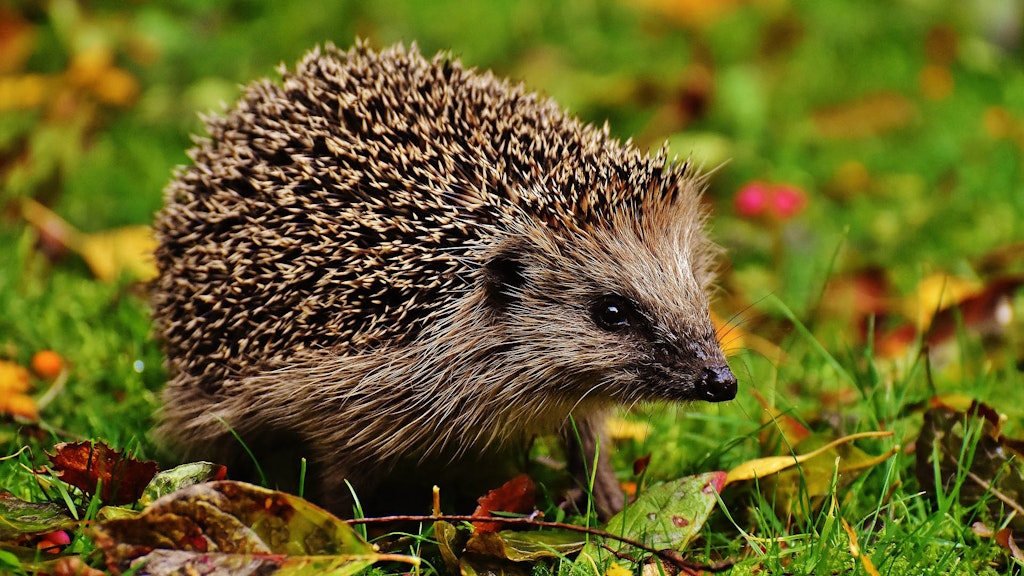
The statistics feel stacked against our beloved hedgehog.
Sadly, nearly half of all hedgehogs do not see past their first winter. Hogs born in late-summer struggle as their fat reserves are simply not enough to see them through hibernation. In addition, with climate change making our winters milder and milder, hedgehogs can awaken too early and waste valuable energy searching for food.
As mentioned earlier, hedgehogs can be thrown a lifeline if we make log piles, and long grass encourages the hedgehog’s prey. But what else can we do to help these endearing creatures survive winter?
Always check bonfires before lighting them, you never know what could have decided to shelter in there. It’s best practice to only build one on the day you intend to burn – this reduces the chance of a hedgehog or other animal becoming attracted into it.
Instead, hedgehogs may be enticed into a cosy hedgehog house to hunker down in the harsh winter months. These are fairly simple to make, otherwise they’re readily available from wildlife specialists or pet stores.
Should a hedgehog wake up early from their slumber, access to food is an absolute necessity. Setting up a feeding station offering hedgehog food or meaty pet food and water would help preserve the energy of a desperate hog caught out by our unpredictable climate.
Read more about what we can do to help hedgehogs.
Help nature thrive
As more and more of our native wildlife is lost to the interrelated threats of climate change, pollution and habitat loss, we need large scale changes in energy, industry, buildings and land use to address the climate and biodiversity crisis and create more space for wild nature to flourish.
Collectively, what we do in our own gardens and window boxes can also make a big difference, providing much needed food and shelter for a wide variety of species.
And one last tip – spread the word. Whilst individual gardens can be little wildlife havens, by working together we can create corridors where creatures such as hedgehogs are safe from traffic and can roam freely in search of food.
Talk to your neighbours and encourage them to join you in providing food, shelter and space to help wildlife survive and thrive through the toughest of seasons.
About the author
Dulcie joined the CAT woodland team as Natural Resource and Volunteer Officer in August 2020. She has spent the first few months of her role setting up camera traps and footprint tunnels in preparation for CAT’s hosting of BBC Autumnwatch.
She has a BA (Hons) in Marine and Natural History Photography, a course that devoted heavy emphasis on environmental subjects and concerns.
Did you know that CAT is an educational charity?
Please consider supporting out work by becoming a member today.
- Woodland
- Gardening and Agriculture
- Building
- Nature and Wildlife
- Autumnwatch
Related Topics
Related Pages
Related news

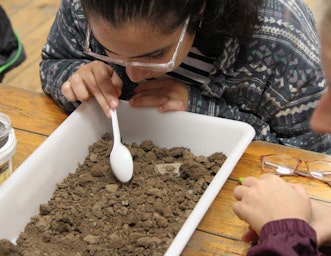
Why we teach… soil health assessment
5th December 2023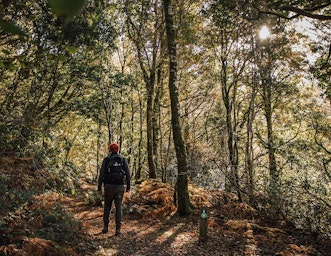
CAT joins Protecting our Planet Day for schools
28th November 2023
The climate crisis on our coastline
28th April 2023EMAIL SIGN UP
Keep up to date with all the latest activities, events and online resources by signing up to our emails and following us on social media. And if you'd like to get involved and support our work, we'd love to welcome you as a CAT member.

